South Africa’s mineral wealth has long been the backbone of its economy. For over a century, the mining sector has attracted investment, generated jobs, and served as a key revenue source.
Yet, the management and ownership of mineral resources have been at the center of political, social, and legal contestation — particularly following the introduction of the Mineral and Petroleum Resources Development Act (MPRDA) in 2002.
This legislation marked a radical departure from previous mining laws, reflecting a new post-apartheid vision of resource control and beneficiation. Over the years, the MPRDA has evolved through amendments and faced numerous controversies, highlighting the tensions between state control, investor confidence, transformation imperatives, and community rights.
Shifting ownership and control
Prior to 2002, mineral rights in South Africa were privately owned. This system, inherited from colonial and apartheid-era laws, disproportionately benefited white-owned companies and excluded black South Africans from meaningful participation in the mining sector. The post-1994 democratic government, led by the African National Congress (ANC), sought to rectify these imbalances through legal reform.
The MPRDA, which came into effect in May 2004, fundamentally changed the legal framework by vesting all mineral and petroleum resources in the custodianship of the state. This meant that mineral rights were no longer privately owned but were instead managed by the state on behalf of the people. The Act emphasized that resources should contribute to sustainable development, economic growth, and broad-based black economic empowerment (B-BBEE).
One of the key goals of the MPRDA was to promote equitable access to mineral resources, ensuring that historically disadvantaged South Africans (HDSAs) could participate meaningfully in the industry. It also established new licensing requirements, making mining and exploration subject to government approval, with social and environmental obligations attached to licenses.
Amendments and legislative tensions
Since its inception, the MPRDA has undergone several amendments, each with significant implications for the mining and petroleum sectors. Comments from industry stalwarts include:
Since its inception, the MPRDA has undergone several amendments, each with significant implications for the mining and petroleum sectors. Comments from industry stalwarts include:
"Regulatory uncertainty has been a significant deterrent to investment in our mining sector. Consistent and predictable policies are essential to attract and retain investors." - Roger Baxter, former CEO of Minerals Council South Africa
"While we fully support transformation, the goalposts seem to shift, creating uncertainty that hampers our ability to plan and invest effectively." - Neal Froneman, CEO of Sibanye-Stillwater
"Sustainable mining practices are not just ethical imperatives; they are essential for the long-term viability of our industry." - Mark Cutifani, former CEO of Anglo American
The MPRDA Amendment Act of 2008 introduced further provisions to strengthen government oversight, promote beneficiation, and tighten the conditions for mining rights. However, it faced delays in implementation, largely due to industry resistance and concerns about regulatory uncertainty.
RELATED: Unpacking the Minerals Council South Africa 2024 Report
A more contentious revision came with the Mineral and Petroleum Resources Development Amendment Bill of 2013, which aimed to give the Minister of Mineral Resources wide discretionary powers over pricing, beneficiation quotas, and export permits. This bill alarmed investors, as it was seen to increase state control without clear procedural safeguards.
Despite being passed by Parliament, the 2013 Bill was never signed into law by President Jacob Zuma, who referred it back for reconsideration due to constitutional concerns and the procedural handling of public participation. After years of legal and political wrangling, the bill was eventually withdrawn in 2018.
RELATED: Download Mining Pulse Onsite 2025 - Issue Two
The decision to separate petroleum and mineral legislation followed this controversy. In 2019, the government announced that upstream petroleum activities would be governed under a separate legal framework, leading to the Upstream Petroleum Resources Development Bill. This separation was seen as a pragmatic move to improve regulatory clarity and attract oil and gas investment, while also addressing the unique challenges of the petroleum sector.
Investor confidence vs. transformation
The MPRDA’s ambitious goals have often clashed with concerns over regulatory certainty and investor confidence. Critics argue that the Act — particularly its amendments — has introduced uncertainty, discouraged foreign direct investment, and led to delays in project approvals.
The Mining Charter, a policy instrument derived from the MPRDA’s empowerment provisions, has also been highly contentious. The Charter sets B-BBEE ownership targets for mining companies, among other transformation requirements. Disputes have arisen over whether companies that previously met these targets can retain their status after ownership changes — the so-called “once empowered, always empowered” debate.
Court battles ensued, with the Minerals Council South Africa challenging the government’s interpretation of the Charter. In 2021, the Gauteng High Court ruled that the Charter was a policy document, not binding legislation, weakening its enforcement power. This decision has had a ripple effect on transformation efforts and underscored the need for legislative clarity.
Another source of controversy lies in the community engagement and consent provisions. Critics argue that the MPRDA does not provide sufficient protection to rural communities, particularly those living on communal land under traditional leadership. Cases such as the Xolobeni titanium mining dispute in the Eastern Cape have highlighted the lack of meaningful consultation and consent processes. In 2018, the Pretoria High Court ruled that mining cannot proceed without the full and informed consent of affected communities, setting a crucial legal precedent that challenges the current framework of the MPRDA.
Environmental and social accountability
Environmental management is another area where the MPRDA has faced scrutiny. While the Act requires environmental authorizations and impact assessments, implementation has been uneven. In 2014, environmental regulation of mining activities was transferred to the National Environmental Management Act (NEMA) in a bid to improve oversight and harmonize regulatory functions. However, challenges remain regarding enforcement, rehabilitation of mined land, and the social cost of extractive activities.
Social and Labour Plans (SLPs), mandated under the MPRDA, are supposed to ensure that mining companies contribute to local development and employment. However, many communities have complained that these plans are poorly implemented, lack transparency, and fail to deliver tangible benefits. The Department of Mineral Resources and Energy (DMRE) has been criticized for weak enforcement and inadequate monitoring.
Reform or Reinvention?
As South Africa grapples with energy transitions, economic inequality, and climate change, the role of the MPRDA is once again under review. There is growing pressure to modernize the Act, streamline licensing processes, and provide greater legal certainty — all while maintaining a strong focus on transformation and sustainable development.


.jpg?ext=.jpg)
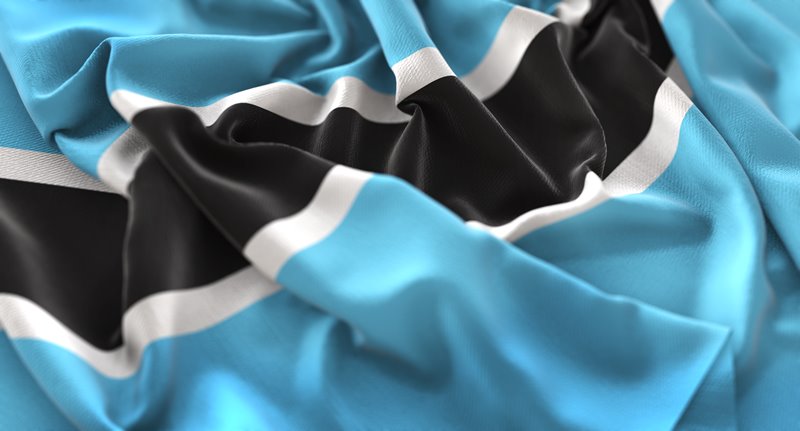
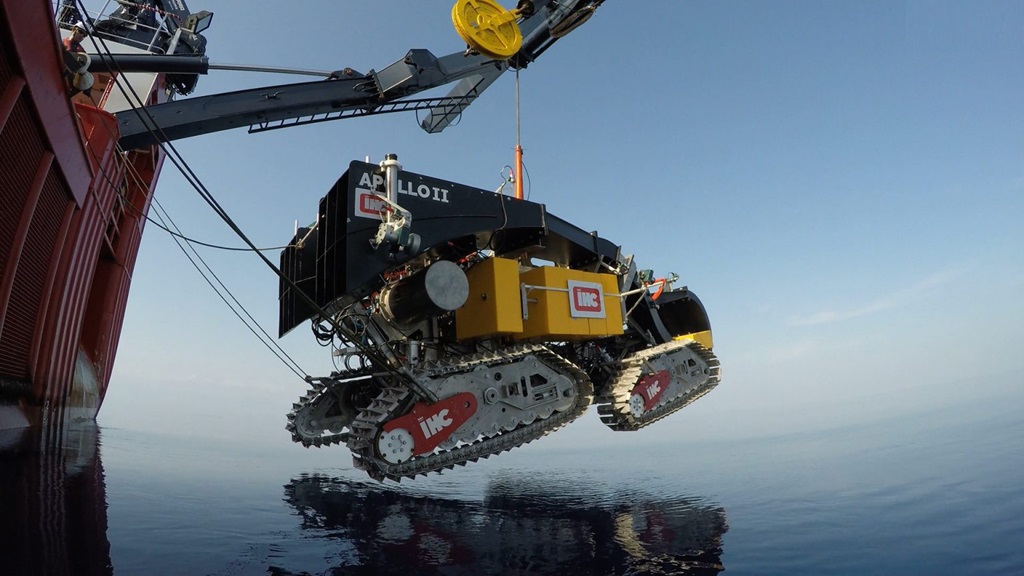

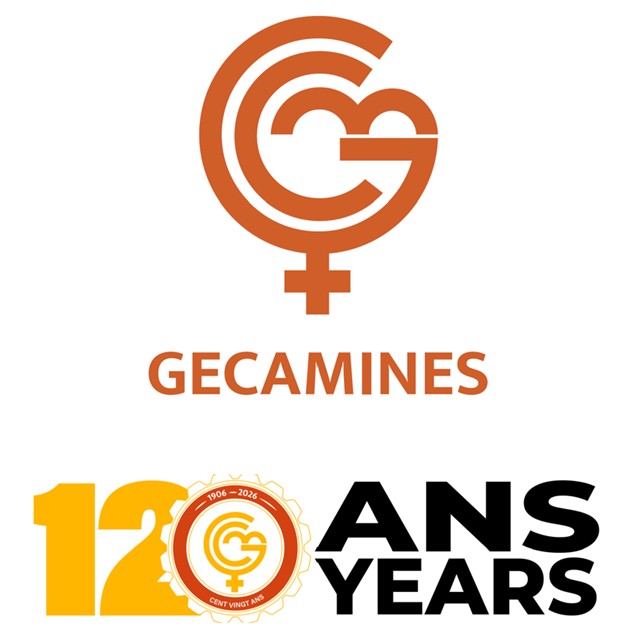




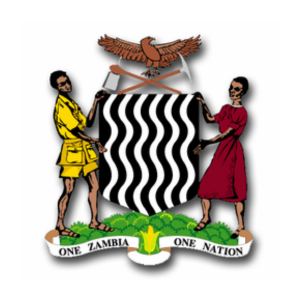

-Logo_CMYK_1.jpg?width=1000&height=500&ext=.jpg)










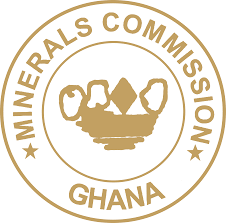

_mi25-weblogo.png?ext=.png)
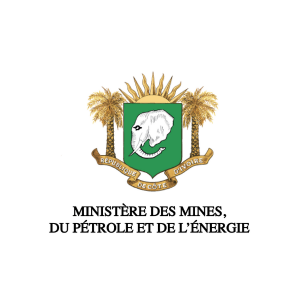
_1.png?ext=.png)









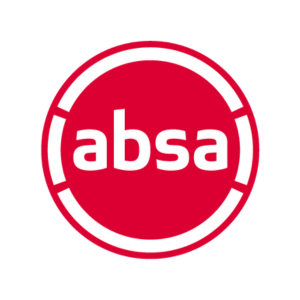

















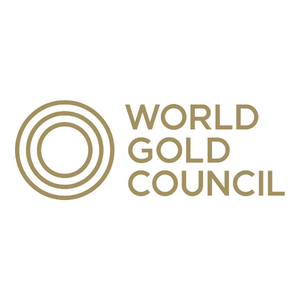

_mi25-weblogo.png?ext=.png)



